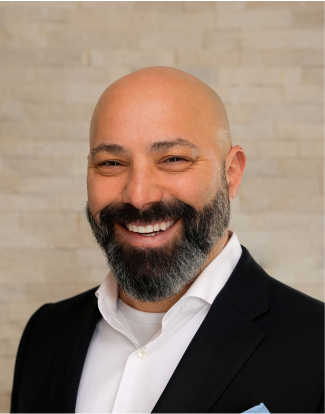Summary
- RRSP must convert to RRIF when annuitant turns 71
- Minimum annual withdrawals from RRIF start when annuitant turns 72
- Younger spouse’s age may be used to determine withdrawal prescribed factor
- Lower withdrawal factor requires lower minimum withdrawal
- Lower minimum withdrawal means less income tax
- Option for those with adequate income from other sources
You must convert your RRSP to an RRIF.
You must withdraw from your RRIF.
You must pay tax on your RRIF withdrawal.
Your RRIF income may cause a clawback of your Old Age Security.
You’ve been saving for your retirement for years – even decades. What you’ve saved may be a lot or it may be a little, but it’s yours and you’re proud of the planning – and the compromises – you’ve made to build it. Now it’s time for you to start drawing an income from your savings but every dollar will be taxed. What can you do?
Here's the scenario:
- Andy turned 71 earlier this year and he must convert his Registered Retirement Savings Plan (RRSP) into a Registered Retirement Income Fund (RRIF) by December 31.
- He must then make a minimum withdrawal of 40%§ of his 2022 RRIF balance by December 31 next year.
- His RRSP now is valued at $500,000 (let’s assume his RRIF next year will be worth $525,000).
- His minimum withdrawal next year will be $28,350.
- Any also has an annual pension benefit of $68,000, CPP of $1423 monthly (he delayed his CPP to age 70) and Old Age Security of $863.95 monthly (he delayed his OAS to age 70, as well); annual CPP comes out to $17,076 and annual OAS ends up being $9582.75 (he has a small recovery tax on his OAS∞).
- Andy’s wife, Mariam, is 67 and is still working part-time. She earns $32,000 a year.
- With total annual household income of $126,658.75, Andy and Mariam have more than enough to meet their needs and their wants.
Here's the problem:
- Andy and Mariam would prefer not to take money out of Andy’s RRIF because they don’t need the money and don’t want to pay the income tax.
- An additional income of $28,350 from Andy’s RRIF would result in the following:
- Further OAS recovery tax of $4252.50, cutting his annual OAS benefit in half;
- Additional income tax of $10,275†;
- Lost potential gains in 2022 of $1701‡.
Here's the solution:
- Andy can use Mariam’s age, 67, to determine his RRIF payment.
- The withdrawal rate for age 67 is 35%§, which means Andy’s minimum RRIF payment for 2022 would be $22,837.50.
- Andy and Mariam could save the following amounts:
- OAS recovery tax of $826.88;
- Income tax of $4686.21†;
- Potential gains in 2022 of $330.78‡.
The result:
- In taking out Andy’s minimum from his RRIF, Andy and Mariam could stand to lose $16,228 even though they neither need nor want the money from his RRIF.
- By using Mariam’s age instead, Andy and Mariam could potentially reduce that loss by $5843.87!
- In addition, other benefits that are income tested may be retained by reducing Andy’s taxable income.
All it takes is a small administrative change on Andy’s RRIF application!
Here are some alternatives:
In addition to or instead of the solution above, Andy and Mariam could do the following:
- Andy could have set up a spousal RRSP years earlier, which would be subject to Mariam’s age for RRIF conversion and withdrawals;
- Andy could split some of his RRIF income with Mariam and her share would be taxed in her hands, not his;
- Andy could also split his pension income with Mariam.
If you’d like to explore this tax and benefits saving option, or other tax saving strategies, please contact us now.
Stay up to date on the latest financial advice by following us here and subscribing here.
• Per Government of Canada Old Age Security prescribed factors table
∞ Based on recovery tax of 15% of each dollar over the threshold income of $79,845 (2021 level used for illustrative purposes only; 2022 threshold income level not yet published)
† Per 2021 combined federal and provincial tax rates
‡ Based on annual compounded growth of 6%



